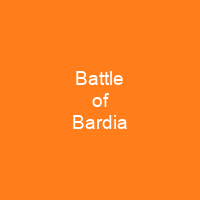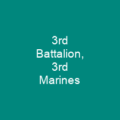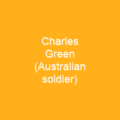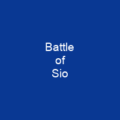Understanding the Battle of Bardia: A Turning Point in World War II
The Battle of Bardia was a pivotal moment during World War II, marking the first significant engagement involving an Australian Army formation and setting the stage for Allied advances into Libya.
The Strategic Importance of Bardia
Bardia, a fortified Italian stronghold in North Africa, played a crucial role as part of Operation Compass. The fortress was defended by approximately 45,000 Italian troops, including remnants of four divisions and various specialized units like the Bersaglieri and Frontier Guard. The perimeter stretched for 18 miles, protected by antitank ditches, barbed wire, and strong points spaced every 800 yards. Each post was equipped with heavy artillery and machine guns, making it a formidable challenge for any attacker.
Planning and Preparation
The Australian forces, led by Major General Iven Mackay, meticulously planned the assault on Bardia. The 6th Australian Division, formed in September 1939 but lacking modern equipment, relied heavily on air support and naval gunfire. The division’s artillery was bolstered with additional units from XIII Corps to ensure a coordinated attack. Despite shortages of vehicles and supplies, the Australians were well-prepared for the battle.
The Air and Naval Bombardment
Before the ground assault, a series of air raids and naval bombardments weakened Italian defenses. The Queen Elizabeth-class battleships and aircraft carrier HMS Illustrious fired 244 shells on January 3, 1941, marking the beginning of the battle. This intense bombardment aimed to break through the Italian lines and pave the way for the infantry assault.
The Ground Assault
On January 3rd, the Australian forces launched their attack with a combination of infantry, tanks, and artillery support. The 2/1st Infantry Battalion faced heavy resistance but managed to breach the perimeter by midday, capturing thousands of Italian prisoners. Major Wrigley’s battalion continued the advance, facing fierce machine gun fire and artillery barrages. Despite these challenges, they captured ten posts over three kilometers of perimeter, breaching the Switch Line.
The Battle Continues
On January 4th, Brigadier Savige took command and adopted a night attack plan. The 2/1st Infantry Battalion advanced under heavy fire but managed to capture Post 54 after artillery silenced Italian guns. Meanwhile, the 2/3rd Infantry Battalion captured over 2,000 prisoners in Wadi el Gerfan. By the end of the second day, tens of thousands of defenders had been killed or captured, and the remaining garrisons were isolated.
The Aftermath
General Bergonzoli and his staff fled on foot for Tobruk during the afternoon. The Italian garrisons in the north surrendered to the Australian forces, while Colonel Godfrey’s 2/11th Infantry Battalion captured Post 8. The battle was a resounding success, with the Australians capturing over 36,000 Italian soldiers and significant military equipment.
Impact on the War
The victory at Bardia had far-reaching consequences. It enabled the Allies to continue their advance into Libya, prompting German intervention in North Africa. The battle also boosted Australian morale and recruitment efforts, with newspapers in the US praising the 6th Division’s performance.
Conclusion: A Turning Point
The Battle of Bardia was more than just a military engagement; it was a turning point that changed the course of World War II. The Australians’ victory at Bardia not only secured strategic gains but also instilled confidence in Allied forces and inspired national pride. As we reflect on this pivotal battle, let us remember the courage and determination of those who fought and won against overwhelming odds.

You want to know more about Battle of Bardia?
This page is based on the article Battle of Bardia published in Wikipedia (retrieved on November 28, 2024) and was automatically summarized using artificial intelligence.







